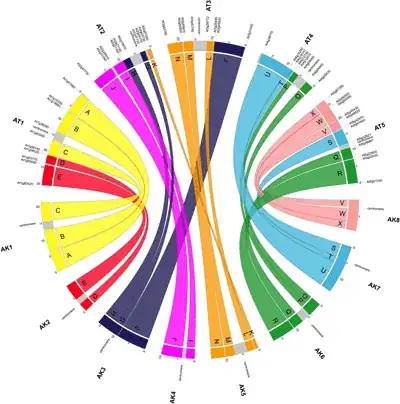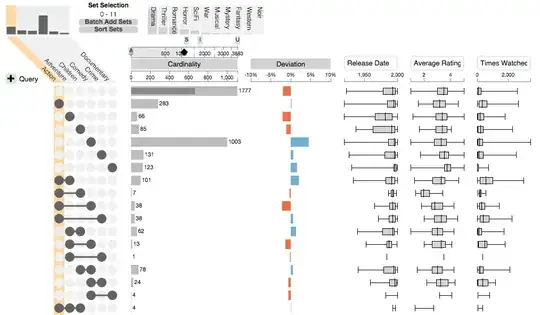This won't compete with @Shane's answer because circular displays are really well suited for displaying complex relationships with high-dimensional datasets.
For Venn diagrams, I've been using the venneuler R package. It has a simple yet intuitive interface and produce nifty diagrams with transparency, compared to the basic venn() function described in the Journal of Statistical Software. It does not handle more than 3 categories, though. Another project is eVenn and it deals with $K=4$ sets.
More recently, I came across a new package that deal with higher-order relation sets, and probably allow to reproduce some of the Venn diagrams shown on Wikipedia or on this webpage, What is a Venn Diagram?, but it is also limited to $K=4$ sets. It is called VennDiagram, but see the reference paper: VennDiagram: a package for the generation of highly-customizable Venn and Euler diagrams in R (Chen and Boutros, BMC Bioinformatics 2011, 12:35).
For further reference, you might be interested in
Kestler et al., Generalized Venn
diagrams: a new method of visualizing
complex genetic set relations,
Bioinformatics, 21(8), 1592-1595
(2004).
Venn diagrams have their limitations, though. In this respect, I like the approach taken by Robert Kosara in Sightings: A Vennerable Challenge, or with Parallel Sets (but see also this discussion on Andrew Gelman weblog).

